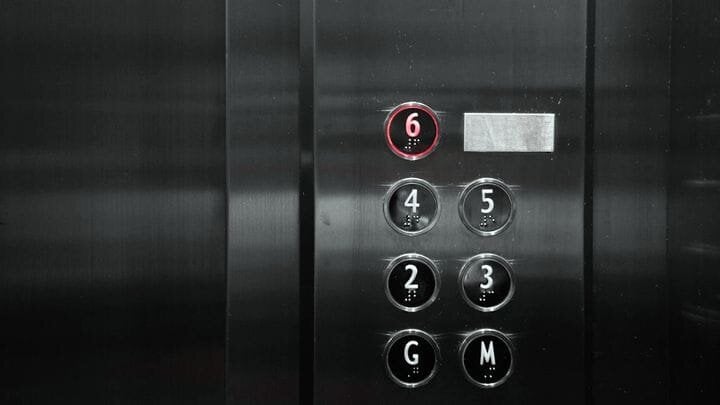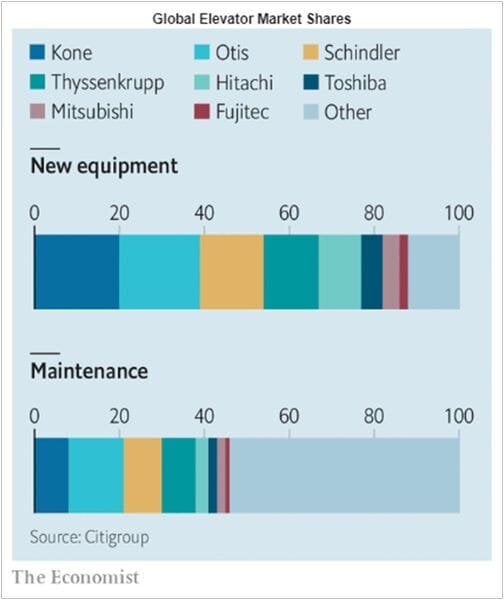
Charles Goulding and Dylan Comerford of R&D Tax Savers examine the possibilities in leveraging 3D printing technology in the elevator industry.
Elevators are considered the technology that made the modern city possible and large cites are now present throughout the world. The elevator industry is undergoing a major structural change that will further spur 3D printing innovation.
The big 4 elevator companies, namely Otis, Thyssenkrupp, Kone and Schindler, are increasingly focused on digital business innovation, including 3D printing. These companies make up two-thirds of all elevator units purchased and US$73M in sales in 2018.
Otis is being spun out of United Technologies into a standalone business unit, and the Thyssenkrupp elevator business known as Elevator Technologies is also decoupling from its Thyssenkrupp parent. When large business units separate from conglomerates and are therefore released from prior capital allocation and operational constraints, they can much more freely focus on future business initiatives. Kone has been a long-time suitor of the Thyssen Elevator technologies business.
It is well recognized in the elevator sector that key economics of the industry are in “MRO”, or maintenance, repair, and overhaul. Many prior generation elevators in older buildings require upgrades from mechanical controls to microprocessor controls, where the overhauls are called modernization in the elevator business.
The Citigroup chart below shows that although the big four companies dominate the new equipment business many smaller companies participate in the more lucrative MRO business.

The elevator industry presents tremendous opportunities for 3D printing components, including replacement parts, cabin interior hardware, brackets, shims, and attachments necessary to install an elevator. Kone’s CEO has stated he envisions a day when elevator service trucks will carry onboard 3D printers.
Once the dust settles on the Otis and Thyssenkrupp elevator restructurings, get ready for a new wave of elevator 3D printer innovation.
The Research and Development Tax Credit
R&D tax credits are available for all of the innovations related to elevator industry including digital processes and 3D printing.
Enacted in 1981, the federal Research and Development (R&D) Tax Credit allows a credit of up to 13 percent of eligible spending for new and improved products and processes. Qualified research must meet the following four criteria:
-
New or improved products, processes, or software
-
Technological in nature
-
Elimination of uncertainty
-
Process of experimentation
Eligible costs include employee wages, cost of supplies, cost of testing, contract research expenses, and costs associated with developing a patent.
On December 18, 2015, President Obama signed the bill making the R&D Tax Credit permanent. Beginning in 2016, the R&D credit can be used to offset Alternative Minimum Tax and startup businesses can utilize the credit against $250,000 per year in payroll taxes.

